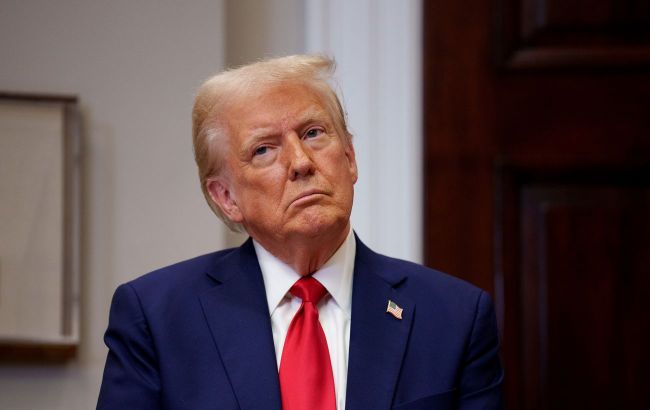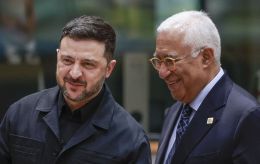Sanctions or tariffs? Expert explains how Trump could pressure Russia

The sanctions package proposed by the United States in its current form is unlikely to be approved. This is because it’s less about sanctions and more about the imposition of duties and tariffs, stated Valerii Klochok, head of the Center for Public Analytics Vezha and chairman of the Nova Doroha Charitable Foundation, in a comment to RBC-Ukraine's YouTube channel.
"The package, as it's currently proposed, cannot be adopted. The reason is simple - these are not sanctions, but tariffs. The mechanism involves a 500% duty on goods and services from countries that continue to trade with Russia in energy resources," he explained.
According to him, such measures would hit even US allies hard, particularly EU countries. As an example, the expert cited the situation in Germany:
"Friedrich Merz, who visited Washington, received a clear message: every German car, including Mercedes, could be subject to a 500% tariff. That means a $30,000 car could theoretically cost one and a half million. Of course, that's hyperbole, but the approach itself is an 'interstate blackmail.'"
Klochok emphasized that Trump promotes the idea of tariffs not only as an economic tool but also as a means of pressure, forcing other countries to make concessions on terms favorable to the US.
He added that even Trump understands the risks of this approach, though he does not acknowledge it publicly.
"Even now, he has postponed the tariff agreement with Beijing until the end of summer. It's not accidental — tariffs harm not only the global economy but also the US economy," he said.
The analyst suggested that if the proposal is primarily a tariff package, the final version may be significantly revised. For example, it could include lower tariff rates for specific countries. Europe might receive exemptions, while India or China could face smaller, separate rates. Otherwise, it could devastate entire economic systems.
Meanwhile, the US is also considering an alternative sanctions package aimed at Russia's energy and banking sectors.
However, Klochok stressed that Washington's toolkit is limited. US trade turnover with Russia is only about €3.5 billion, while the EU's exceeds €67 billion. The same applies to frozen assets: the US holds around $8 billion, whereas Europe holds over €290 billion.
"It's the EU that must play the key role in any new restrictions against Russia. Without European involvement, the effect will be negligible. The idea is good in principle, but only time will tell how it will be implemented," he concluded.
Sanctions against Russia
On May 20, the European Union officially approved its 17th package of sanctions against Russia. At the same time, Brussels has already begun work on the next round of restrictions.
Leaders of key European countries, including France, Germany, and the United Kingdom, have confirmed their continued readiness to exert pressure on the Kremlin should Russia fail to take steps toward a ceasefire or a peaceful resolution to the conflict.
For his part, US President Donald Trump also stated that he is considering the possibility of introducing sanctions against Russia. However, Washington is not rushing to make a decision. According to Secretary of State Marco Rubio, imposing restrictions at this moment could cause Moscow to withdraw from negotiations on ending the war against Ukraine.
Meanwhile, new initiatives with a tougher stance have already emerged in the US Congress. In particular, Republican Senator Lindsey Graham has introduced a bill that proposes "bone-crushing" sanctions against Russia. The document includes a 500% tariff on imports from countries that continue purchasing Russian energy, including oil, gas, refined products, and uranium.

